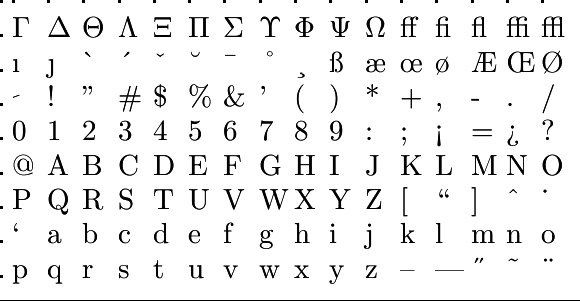Optimization: Optimal quantity
 Local maxima and minima
Local maxima and minima
If a function changes from increasing to decreasing (or from decreasing to increasing), then the derivative changes signs, such that the derivative is equal to zero at the turning point.
Since the derivative is the same as the slope of the graph, it is negative if the function decreases and positive if the function increases. We can also reverse this.
Increasing and decreasing
Let #f# be a differentiable function and #p# a number (a point on a number line).
- If #f'(p)\gt 0#, then there is an open interval #\ivoo{c}{d}# around #p# on which #f# is increasing (meaning #f(x)\lt f(y)# for all #x# and #y# with #c\lt x\lt y\lt d#).
- If #f'(p)\lt 0#, then there is an open interval #\ivoo{c}{d}# around #p# on which #f# is decreasing (meaning #f(x)\gt f(y)# for all #x# and #y# with #c\lt x\lt y\lt d#).
Before we look at how to use the derivative to find these extremes, we will first define the notions of local maximum and local minimum.
Let #f# be a function and #p# a number.
We can say that #f# has a local maximum at #p# if there is an open interval #\ivoo{c}{d}# around #p# with #f(x)\le f(p)# for all #x\in\ivoo{c}{d}\cap I#.
We can say that #f# has a local minimum at #p# if there is an open interval #\ivoo{c}{d}# around #p# with #f(x)\ge f(p)# for all #x\in\ivoo{c}{d}\cap I#.

All local minima and maxima taken together are called the extreme points.
If #f# is differentiable in #p# and #f'(p)=0#, then #p# is called a stationary point of #f#.
Points on the edge of #I# can also be local maxima. If a local maximum is not on the edge of #I#, then the open interval #\ivoo{c}{d}# can be chosen entirely in #I#.
Now that we know what local minima and maxima are, we will see how we can easily find them. For differentiable functions we will first determine the stationary points, for the following reason.
Local extrema are stationary points
If #I# is an open interval containing #p#, if #f# is differentiable in #p# and if #p# is a local extreme of #f#, we then have #f'(p)=0#. Hence, a local maximum or minimum of #f# is always a stationary point.
We have discussed that if we want to calculate the local maxima and minima, we can determine all stationary points with help of the derivative, but we need to do some extra research. We can do this with the help of a sign scheme of the derivative and/or a graph of the function, as indicated below. We will deal with this approach later in a more extended way.
The smaller value is indicated by #x_-# and the bigger value by #x_+#.
These values are the solutions of the equation #f'(x)=0#. The derivative of #f# is given by \[f'(x)=3x^2-8x+4\tiny.\] We are therefore dealing with a quadratic equation with unknown #x#. By use of the quadratic formula we find \[x_\pm=\frac{8\pm\sqrt{(-8)^2-4\cdot 3\cdot 4}}{2\cdot 3}=\frac{8\pm\sqrt{16}}{6}=\frac{8\pm4}{6}\tiny,\] so #x_-={{2}\over{3}}# and #x_+=2#. From the graph of #f# given below, we see that the solution #x_-={{2}\over{3}}# corresponds to a local maximum of #f# and the solution #x_+=2# corresponds to a local minimum.


Or visit omptest.org if jou are taking an OMPT exam.



